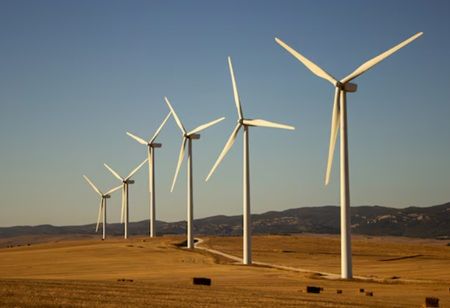
Wind sector invests in tech, workforce to reach 100 GW by 2030: IWTMA
India's wind power industry is making investments in capacity, technological advancement, and people development to enable the nation to achieve 100 GW of output by 2030, industry association IWTMA stated.
Currently, the nation boasts an installed capacity of more than 50 GW of wind energy, according to the March 2025 latest report of Central Electricity Authority.
"The Indian wind industry is fully aligned with the government's clean energy vision. We are investing in capacity, technology innovation, and workforce development to achieve 100 GW of wind energy by 2030," said Aditya Pyasi, CEO, Indian Wind Turbine Manufacturers Association (IWTMA).
During a high-level meeting with the Ministry of New and Renewable Energy (MNRE) recently, IWTMA put forth the industry's preparedness to increase manufacturing, create jobs, and drive the 'Make in India' goal, the industry association announced in a release.
India now has more than 18 GW of local annual manufacturing capacity for wind turbines and components, it added.
Major players such as Suzlon, Nordex, Windar, Senvion, Envision, Siemens Gamesa, Flender, ZF Wind Power, Aditya Birla Advanced Materials, Vestas, GE Vernova, and Inox Wind produce key components -- blades, nacelles, gearboxes, generators, and towers -- domestically.
This robust value chain will both drive domestic demand as well as India's potential to become a global export hub for wind equipment, it added, noting that the wind energy industry is likely to be a significant job creator.
The renewable sector recruitment will rise 19 per cent in FY25, driven by wind power generating thousands of jobs in manufacturing, installation, operations, and maintenance, it said.
The sector association also added that more than 55 per cent of employees are aged 26 to 35 years, making wind an employer of the future among young Indians.
With India being the fourth-largest renewable energy generator in the world, wind power plays a key role in ensuring grid stability. As it complements solar energy by generating power during non-solar hours, wind helps provide reliable, round-the-clock green electricity at affordable rates, it said.
IWTMA also stressed the need for continued policy support, streamlined regulations, and improvements in infrastructure and testing facilities to realise the sector's full potential.

.jpg)